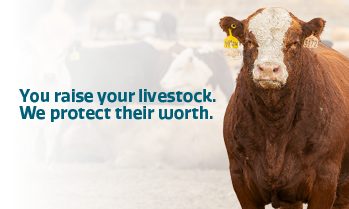Soil Classification
SCIC uses soil classification as part of the premium and coverage calculations for Crop Insurance customers. The soil information used for developing the soil classification system is from the Saskatchewan Assessment Management Agency. They have provided data on a quarter-section basis. For each quarter section, a soil class rating is determined for the cultivated acres only. If more than one soil type is found on that quarter, then a weighted average is used to determine the soil class.
Rating System
This soil classification system incorporates a number of land productivity concepts. The major factors include: climate, soil association, soil profile, soil texture, organic matter, salinity, drainage and flooding.
A productivity rating is given, based on the composition of the land. The soil classifications rate land from high productivity (‘A’) to low productivity (‘P’).
SCIC has calculated an average soil class for each crop in all 23 SCIC risk zones, based on the land on which the crop has historically been grown.
Coverage and Premium
SCIC develops the average coverage and premium rate for each crop grown, based on the average soil class in each risk zone. Coverage and premiums are then adjusted (up or down) depending on the soil class for each legal land description and the productivity of the crop grown on that land.
Generally, the premium rate used will be higher and coverage will be lower on lesser quality land, due to the greater risk of being able to consistently produce the coverage guarantee.
Generally, the coverage will be higher and the premium rate will be lower on better quality land, due to the increased potential of being able to consistently meet the coverage guarantee.
While the soil classification used by SCIC has not changed for some time, coverage and premiums remain current due to annual updates using all production data for each risk zone and legal land description.







